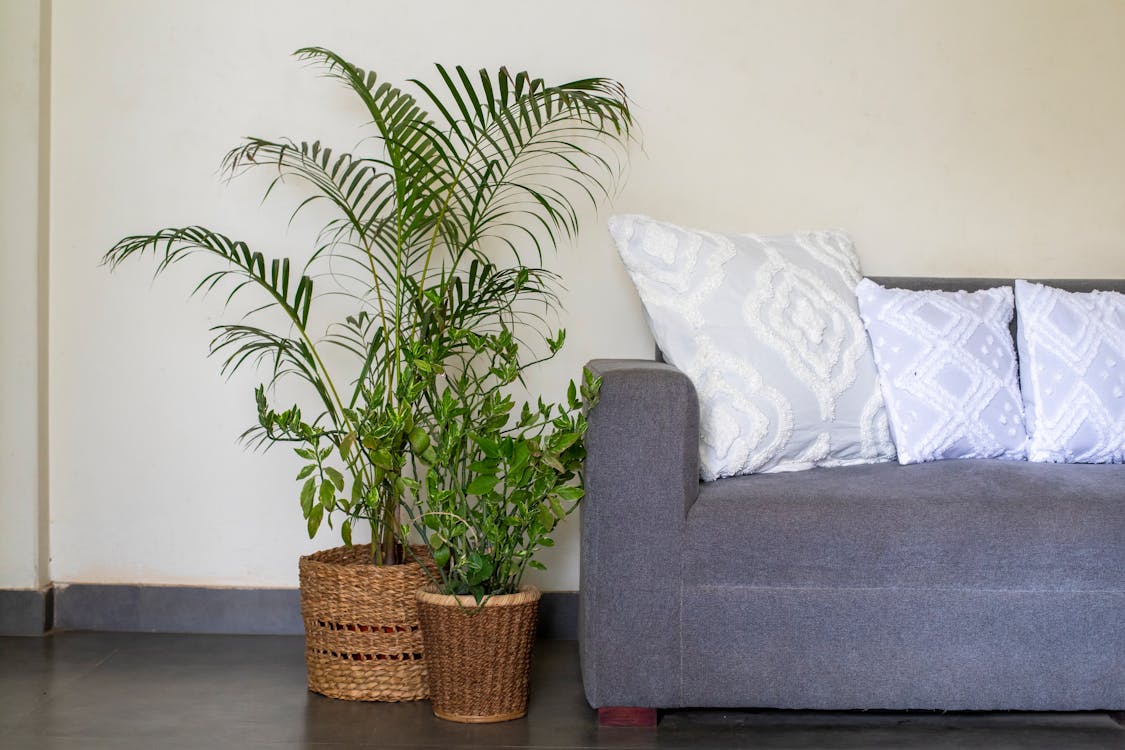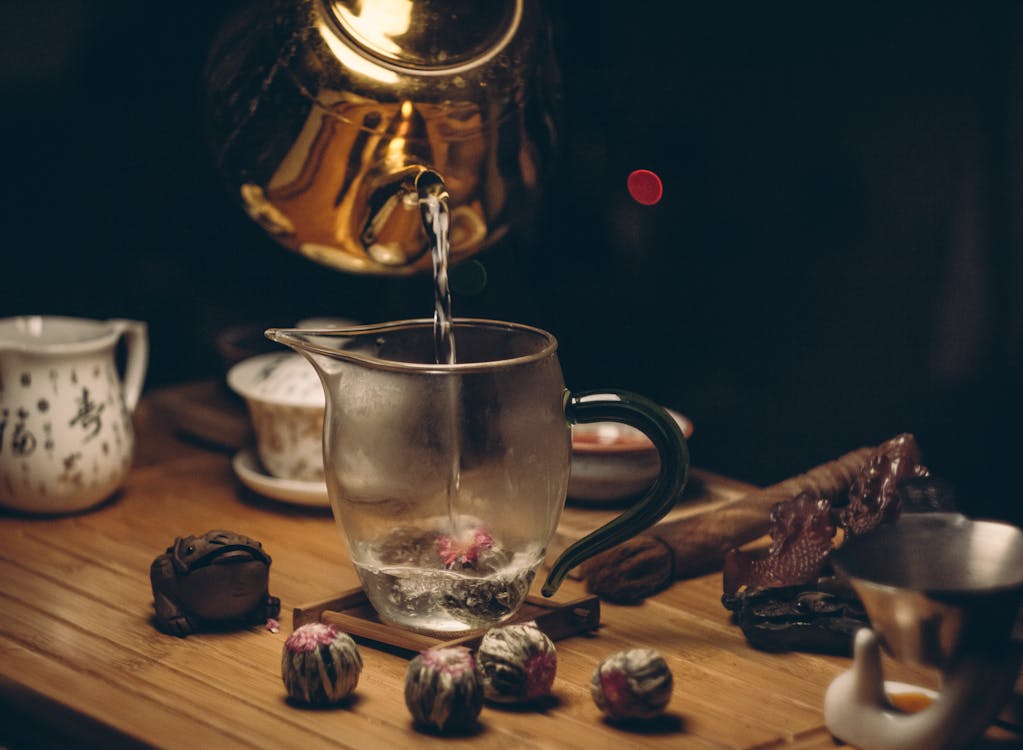
In our fast-paced, urban lifestyles, we often find ourselves disconnected from nature. Yet, amidst the concrete jungles we inhabit, there exists a simple yet powerful solution to reconnect with the natural world: indoor plants. Beyond their aesthetic appeal, indoor plants play a crucial role in enhancing our physical health, mental well-being, and the overall quality of our indoor environments.
Purifying the Air
One of the most significant benefits of indoor plants is their ability to purify the air we breathe. Through the process of photosynthesis, plants absorb carbon dioxide and release oxygen, effectively increasing oxygen levels indoors. Additionally, many indoor plants have been found to remove harmful pollutants such as formaldehyde, benzene, and trichloroethylene from the air, which are commonly found in indoor environments due to furniture, paints, and household cleaners.
Improving Mental Well-being
Numerous studies have highlighted the positive effects of indoor plants on mental health and well-being. The presence of greenery indoors has been shown to reduce stress, anxiety, and depression, while promoting feelings of calmness and relaxation. Simply being surrounded by nature, even in the form of indoor plants, can have a soothing effect on our minds, helping to alleviate the pressures of modern life.
Boosting Productivity and Creativity
In addition to improving mood, indoor plants can also enhance cognitive function and productivity. Research has demonstrated that environments enriched with plants can lead to improved concentration, memory retention, and task performance. Moreover, the presence of indoor plants has been linked to increased creativity and problem-solving abilities, making them valuable additions to both workspaces and learning environments.
Creating a Healthier Indoor Environment
Indoor plants not only improve air quality and mental well-being but also contribute to creating a healthier indoor environment in other ways. They help to regulate humidity levels, reducing the risk of respiratory problems and allergies. Furthermore, plants can act as natural air conditioners, cooling the air through the process of transpiration. By introducing plants into our indoor spaces, we can create environments that are more conducive to our health and comfort.
Enhancing Aesthetics and Ambiance
Beyond their health benefits, indoor plants add beauty, warmth, and vitality to indoor spaces. Whether it’s a lush tropical fern, a sleek snake plant, or a cascading pothos, each plant brings its own unique charm and character to a room. From minimalist interiors to cozy living spaces, indoor plants have the versatility to complement any style of decor, transforming sterile environments into inviting sanctuaries.
Indoor plants offer a multitude of benefits that extend far beyond their ornamental value. From purifying the air we breathe to improving mental well-being and boosting productivity, these green companions have the power to enrich our lives in numerous ways. As we continue to embrace the importance of fostering connections with nature in our increasingly urbanized world, incorporating indoor plants into our living and working spaces serves as a simple yet profound step towards creating healthier, happier environments for all.
Philodendron:
There are many varieties of philodendron, all known for their lush foliage and ease of care. The heartleaf philodendron and the monstera are particularly popular choices.
Bird’s Nest Fern
Blue Star Fern
Boston Fern
Plumosus Asparagus Fern
Zebra Plant
Majesty Palm
Prayer Plant ‘Beauty Kim’
Tricolor Hoya ‘Krimson Queen’
Corkscrew Rush
Olive Tree
Monstera Swiss Cheese Plant
Philodendron ‘Lickety Splitz
Algerian Ivy
Golden Pothos
Pothos is known for its trailing vines and heart-shaped leaves. It’s a great choice for adding some greenery to shelves or hanging baskets.
Chinese Money Plant
ZZ Plant (Zamioculcas zamiifolia):
The ZZ plant is incredibly low maintenance and can tolerate low light and infrequent watering. Its shiny, dark green leaves add a touch of elegance to any room.
Jade Plant
Peace Lily
With its elegant white flowers and dark green leaves, the peace lily adds a touch of grace to any room. It’s also excellent at purifying the air.
Rubber Plant (Ficus elastica):
With its large, glossy leaves, the rubber plant makes a bold statement in any room. It’s relatively easy to care for and can grow quite tall over time.
String of Pearls Succulent
Fiddle-Leaf Fig
Sweetheart Waxplant
Anthurium
Bird-of-Paradise
Sansevieria
This plant is virtually indestructible and can thrive in low light conditions. It’s known for its tall, stiff leaves that can add a modern touch to any space.
Watermelon Peperomia
Begonia Maculata
Mystery Air Plant Box
Aloe Vera
Not only is aloe vera easy to care for, but it also has medicinal properties. Its spiky leaves add visual interest, and it can thrive in a sunny spot.
Spider Plant
This plant is perfect for beginners as it’s very resilient and easy to care for. Its arching leaves and small white flowers make it a charming addition to any room.
Fiddle Leaf Fig (Ficus lyrata):
This plant has become incredibly popular in interior design due to its large, violin-shaped leaves. It prefers bright, indirect light and regular watering.
English Ivy (Hedera helix):
English ivy is a great choice for adding a touch of green to a hanging basket or cascading down a shelf. It’s also known for its air-purifying qualities.












